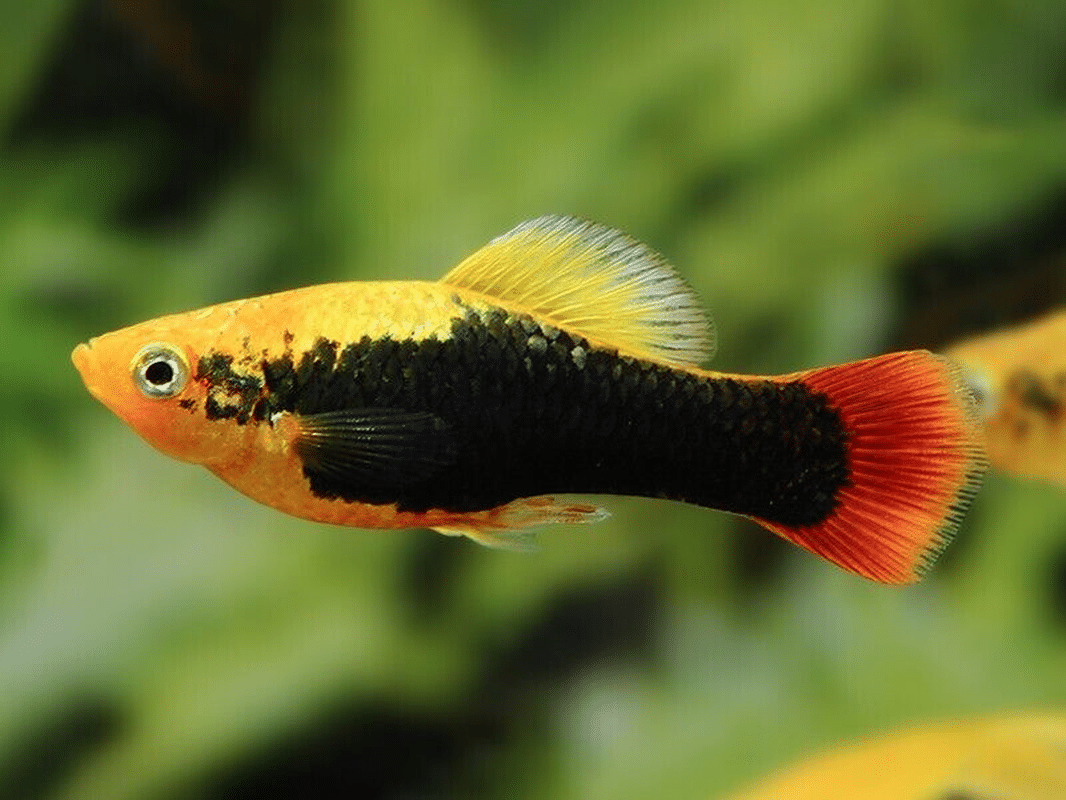-
×

-
×

-
×
 Red Devil Vampire Crab - Geosesarma Hagen - Decapod Crustacean
1 × £8.71
Red Devil Vampire Crab - Geosesarma Hagen - Decapod Crustacean
1 × £8.71 -
×

-
×

Subtotal: £42.58













Emily Carter (verified owner) –
I recently added 10 Hawaii Variegated Platies to my 55-gallon freshwater tank, and I couldn’t be happier! These little beauties have brought such vibrant colors and activity to my aquarium, making it come alive. The mix of orange, yellow, and green patterns on their bodies is absolutely stunning. After two weeks of observation, they are thriving and have already started to explore every nook and cranny of their new home. I appreciate that they are livebearers, which adds an exciting dynamic to the tank!
I chose these platies over some standard varieties because of their unique coloration and hardiness. Compared to other options I’ve tried, these fish are much more lively and sociable. They swim together in little schools and interact well with my other tropical fish, which is a joy to watch.
One minor concern was the acclimation process; they were a bit shy initially, but after a few days, they warmed up beautifully. I recommend these platies to any freshwater fish enthusiast looking to add some personality to their tank or someone just starting out in the hobby. Overall, I’m thrilled with my purchase and will definitely consider buying more in the future!
Emily Carter (verified owner) –
I recently purchased the 10 X Hawaii Variegated Platies, and I couldn’t be happier with my decision! These vibrant freshwater fish have truly transformed my aquarium into a lively ecosystem. Over the past two months, I’ve watched them thrive in my planted tank, swimming gracefully among the greenery. Their colors are absolutely stunning, and they add a cheerful energy that makes my whole setup come alive.
I particularly appreciate how these livebearers are very social and interact well with each other, which fosters a sense of community in the tank. It warms my heart to see them exploring their environment and chasing each other around. I’ve kept other platies before, but the variegated ones stand out with their unique patterns and vivid hues. They seem to be quite hardy, which is a relief for someone like me who is deeply invested in fish welfare.
The shipping was quick, and they arrived healthy and active. My only minor concern was that a couple of them were a bit shy initially, but after a week, they adapted beautifully. I highly recommend these platies to anyone looking to add lively companions to their aquarium—especially if you’re new to keeping fish! They’re a perfect choice for beginner and experienced aquarists alike.